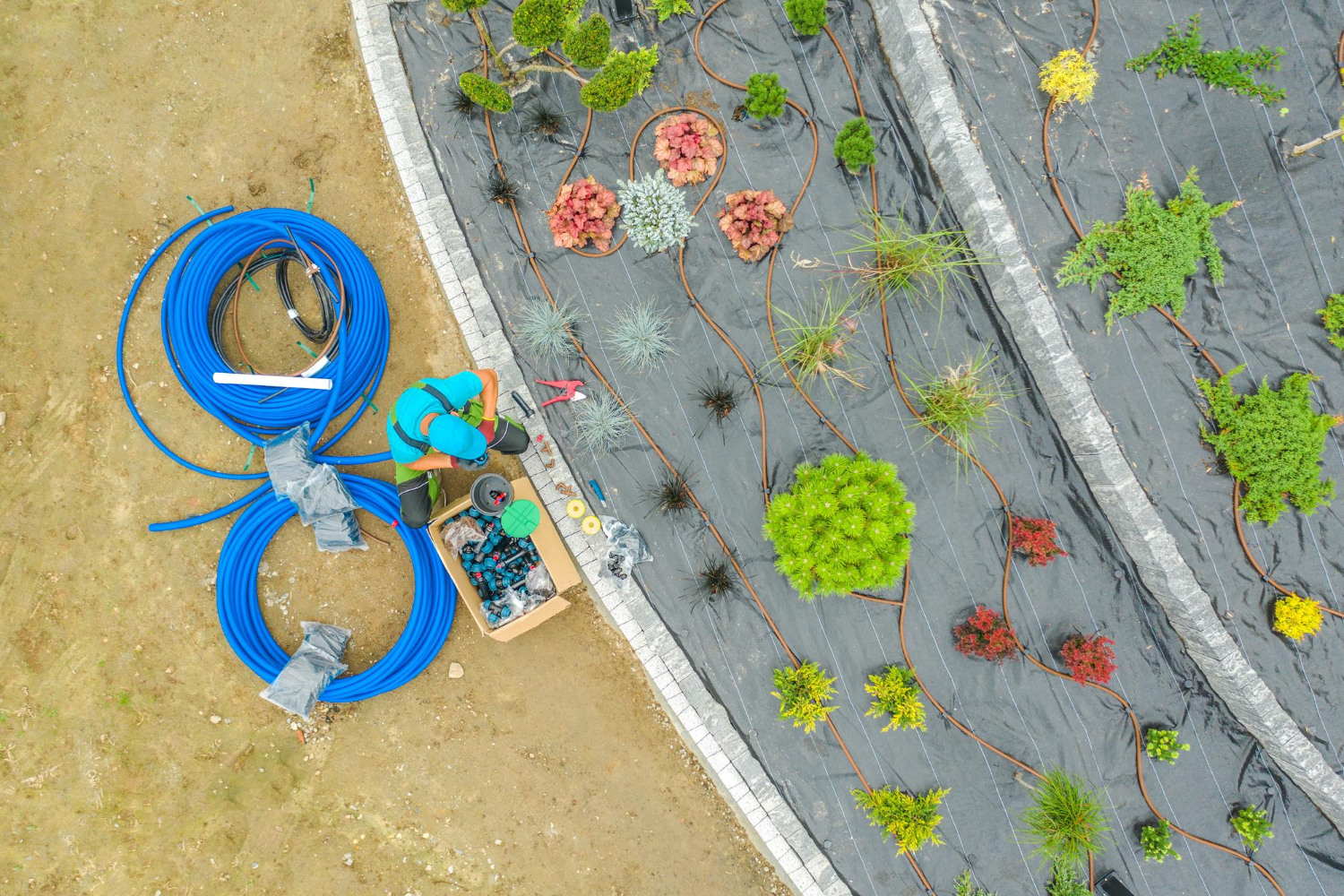Individual sanitation is a major issue for any home or land owner, whether in an urban or rural environment. It is about treating wastewater in an efficient and environmentally friendly manner, in order to preserve our health and that of our ecosystem. However, with the multitude of sanitation systems available on the market, it can be difficult to make the right choice.
Applicable regulations
First of all, it is essential to find out about the regulations in force in your region regarding individual sanitation. Indeed, each country, or even each department, may have its own sanitation standards and requirements. It is therefore crucial to be well informed about the legal obligations with which you must comply. This will allow you to choose a sanitation system that meets current standards and will thus avoid any future problems.
System capacity
The capacity of the sanitation system is an important criterion to take into account. You must assess your water and wastewater treatment needs in order to choose a suitable system. If you are a large family, it is obvious that your system will need to have greater processing capacity than if you are alone. In addition, it is important to provide a safety margin to cope with possible variations in water consumption.
System performance
The performance of the sanitation system is also an essential criterion to take into account. It is important to choose a system that is capable of effectively treating wastewater and decontaminating it before it is released into the environment. For this, there are different systems such as septic tanks, micro-purification plants or even compact filters. Each of these systems has advantages and disadvantages, so you should study them carefully before making your choice.
System maintenance
Maintaining the sanitation system is an aspect that is often neglected, but is nevertheless essential. Indeed, a poorly maintained system can cause many problems such as unpleasant odors, blockages or even breakdowns. It is therefore important to choose a sanitation system that is easy to maintain and does not require too frequent maintenance. In addition, it is recommended to call a professional to carry out regular maintenance on your system.
The cost of installation and maintenance
The cost of installation and maintenance is an important criterion to take into account, especially if you have a limited budget. Depending on the sanitation system chosen, costs can vary considerably. It is therefore recommended to make several quotes from professionals specializing in individual sanitation in order to find the most economical solution suited to your needs.
Environmental impact
Finally, the environmental impact must be taken into account when choosing your individual sanitation system. It is important to favor environmentally friendly systems that effectively treat wastewater without polluting it. In addition, some systems even allow treated water to be reused for watering the garden or cleaning, which represents a definite ecological advantage.
Landscape and aesthetic integration
When we talk about individual sanitation, a dimension often neglected is the landscape and aesthetic integration of the system. Although this is not the first consideration for most homeowners, it is of particular importance to those who place a high value on the exterior appearance of their property.
The concern for discretion
A sanitation system, whether a septic tank, micro-station or compact filter, can be visually imposing. Depending on the size of your lot and the proximity of your system to your house or the street, it could be clearly visible. So, for those who want a seamless integration with the rest of the landscape, it makes sense to look for solutions that integrate discreetly.
Adapted solutions
Several manufacturers have understood the importance of aesthetics and now offer systems designed to blend into the decor. For example, grass pit covers, which when installed look like an ordinary part of your lawn, or systems with decorative covers which can be painted or decorated to match the surrounding environment.
The valuation of the property
Beyond simple aesthetics, a well-integrated sanitation system can add value to a property. A well-maintained outdoor space free of unsightly amenities can be more attractive to potential buyers and increase the overall value of the home.
The importance of sustainability in individual sanitation
With the growing awareness of the need to preserve our planet, sustainability has become an essential criterion in the choice of domestic equipment. Individual sanitation is no exception to this rule. Homeowners are increasingly paying attention to the sustainability of sanitation systems, not only in terms of performance, but also longevity and long-term ecological impact.
Durability and longevity: a wise investment
Opting for a sustainable system is not only an ecological choice, it is also an economic choice. Indeed, robust equipment designed to last will require fewer repairs and replacements in the long term. So, although the initial investment may seem more significant, over the life of the system, the savings in maintenance and renewal can be considerable.
Ecological materials and their role
Many manufacturers are turning to more environmentally friendly materials when designing their sanitation systems. These materials, in addition to being environmentally friendly, often have the advantage of being more resistant to external attacks, such as bad weather or corrosion. In addition, these ecological solutions tend to better respect soils and groundwater, thus minimizing the environmental impact of the system on its installation site.
Reduce energy consumption and emissions
Another aspect of sustainability in individual sanitation is the reduction of energy consumption. Some modern systems are designed to operate with a minimum of energy, or even to be completely autonomous. Likewise, by opting for low-emission systems, we help reduce our carbon footprint, an essential gesture in the fight against climate change.
Training and awareness: keys to sustainable sanitation
It is not enough to choose a sustainable system, you also need to know how to use it correctly. User training and awareness of best practices are essential to ensure the longevity and effectiveness of the system. It is by adopting a global approach, combining the choice of sustainable materials, energy-efficient design and user education, that we can truly combine sanitation with sustainability.













